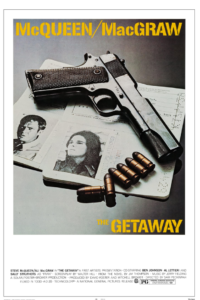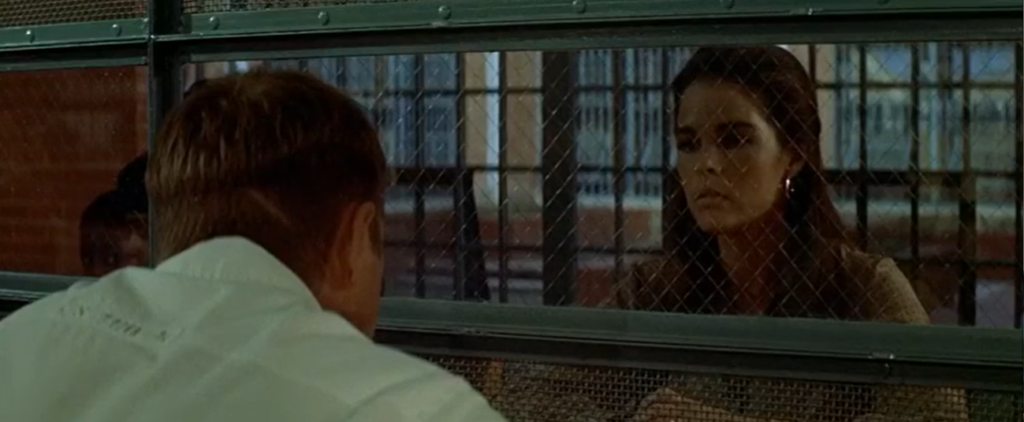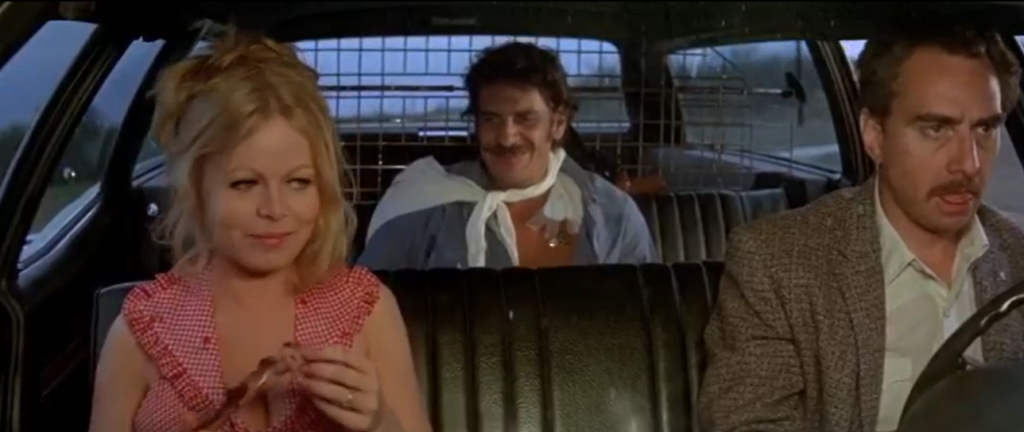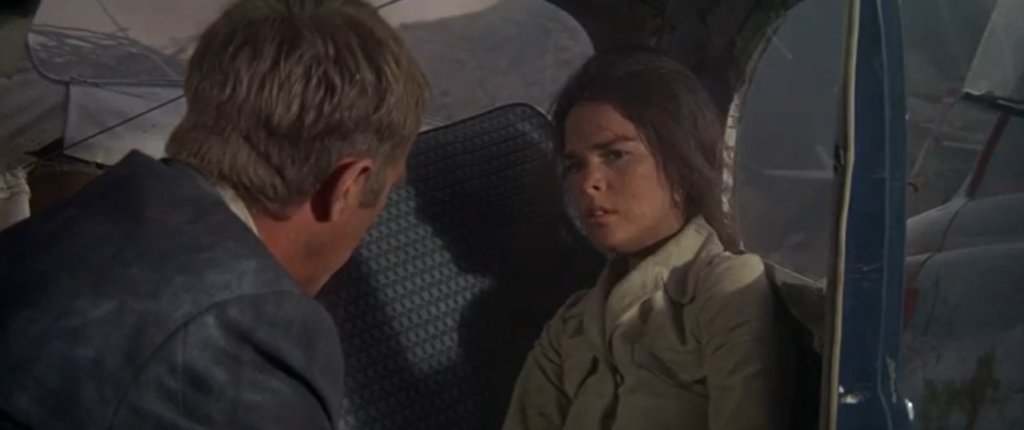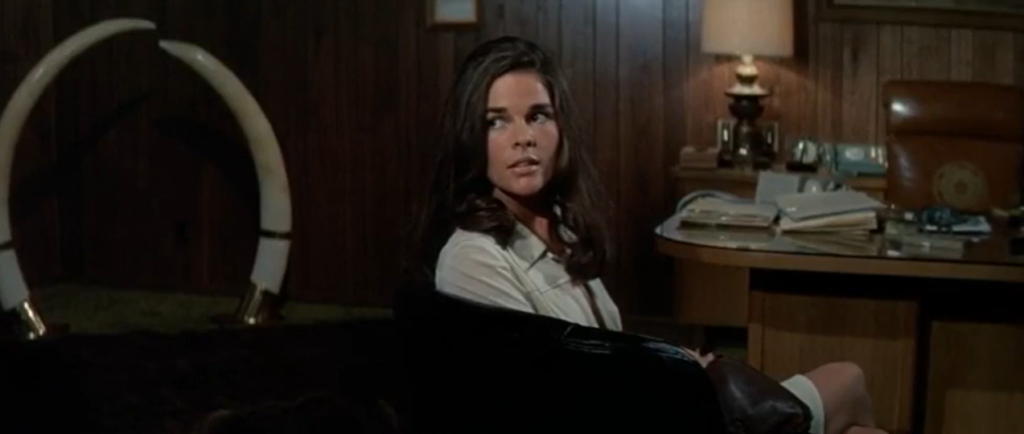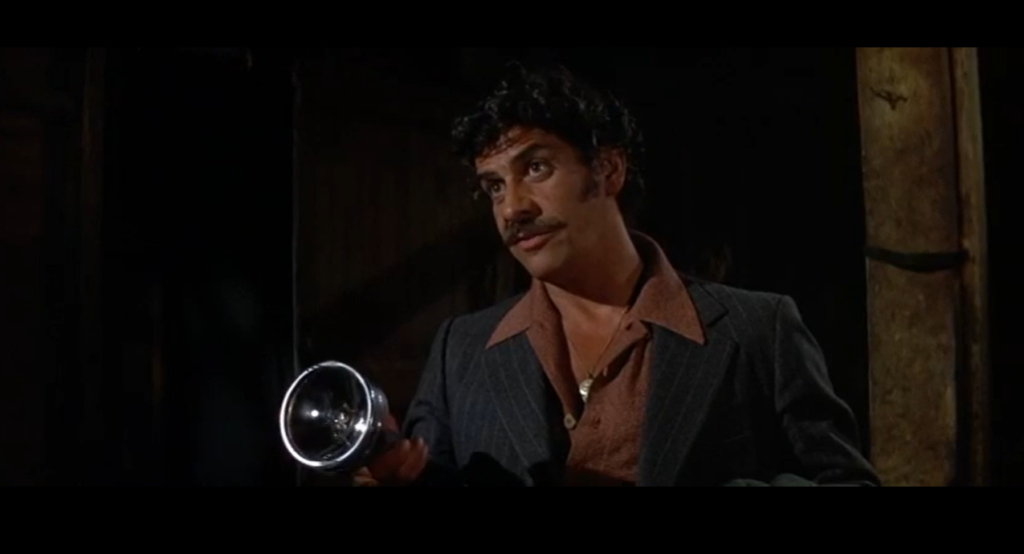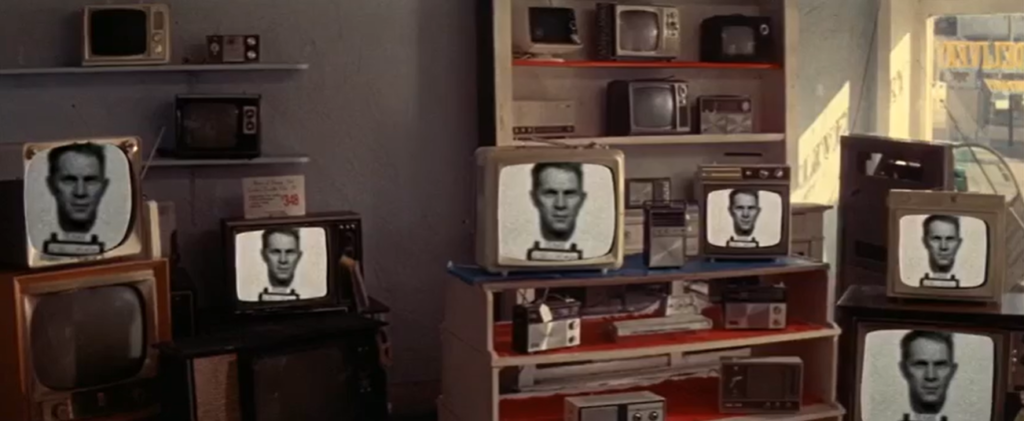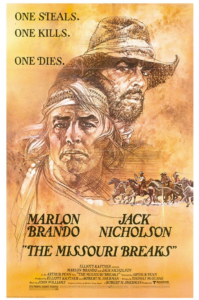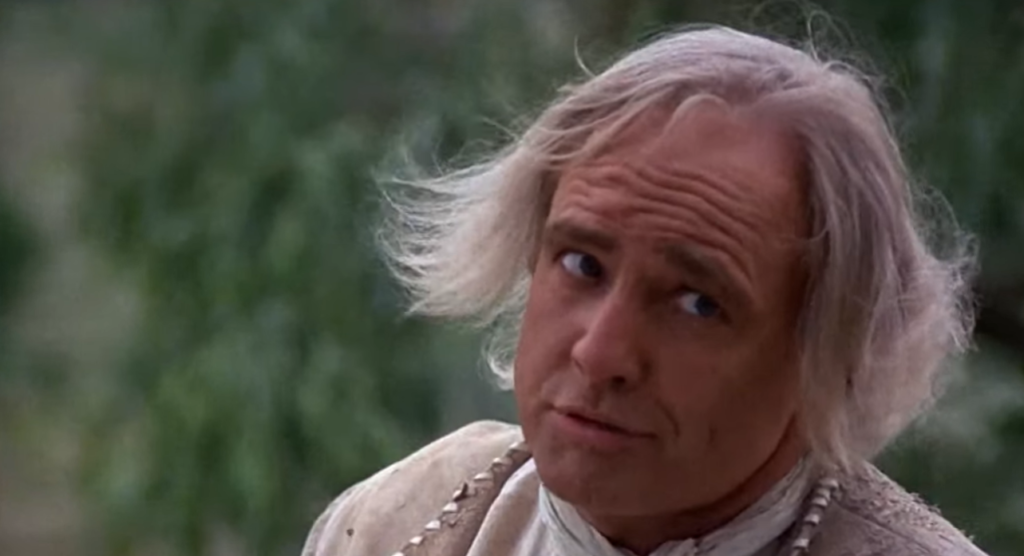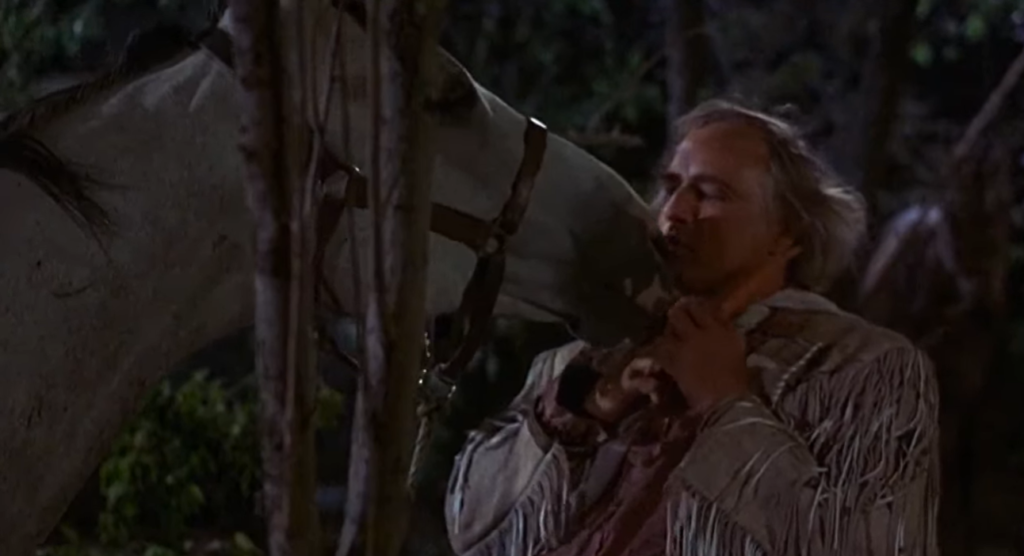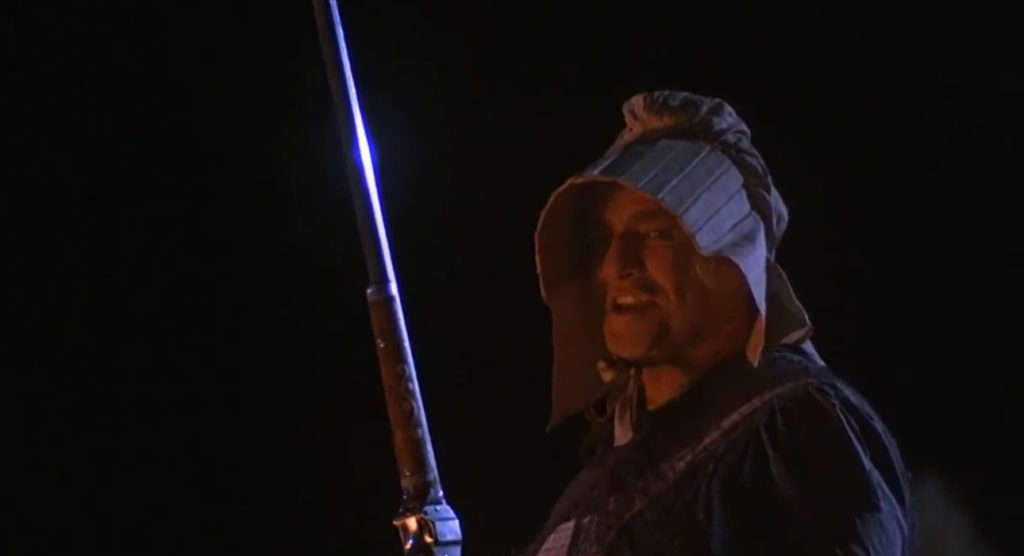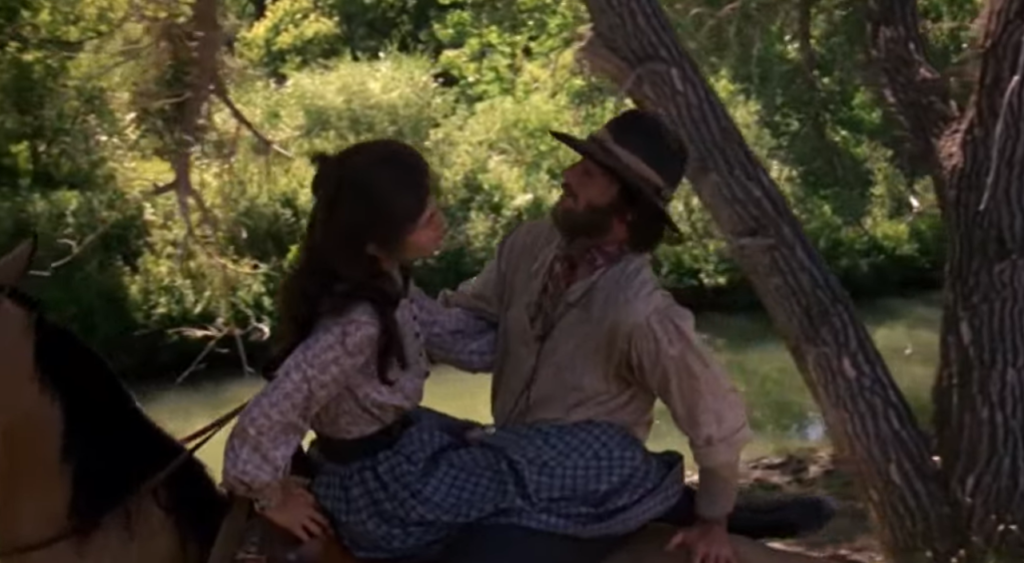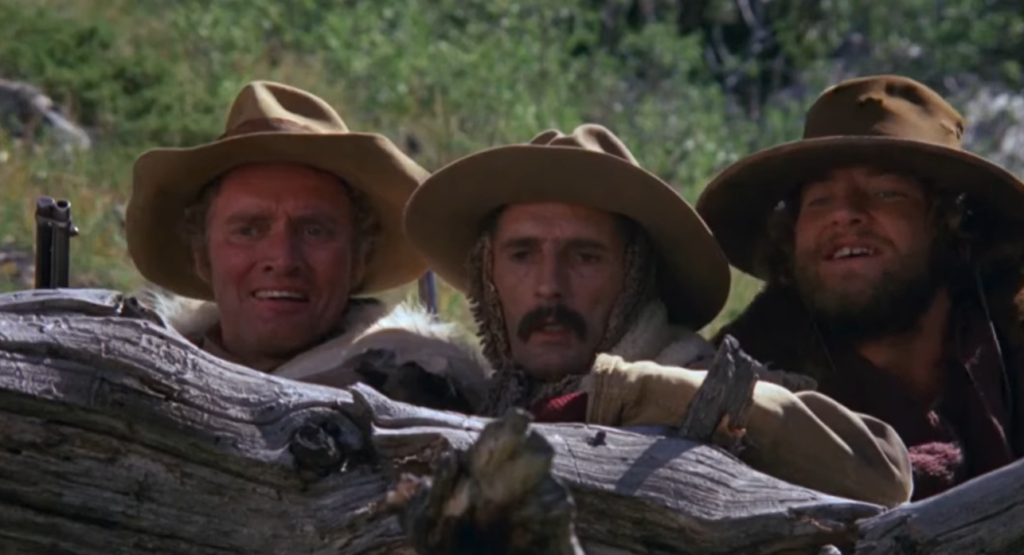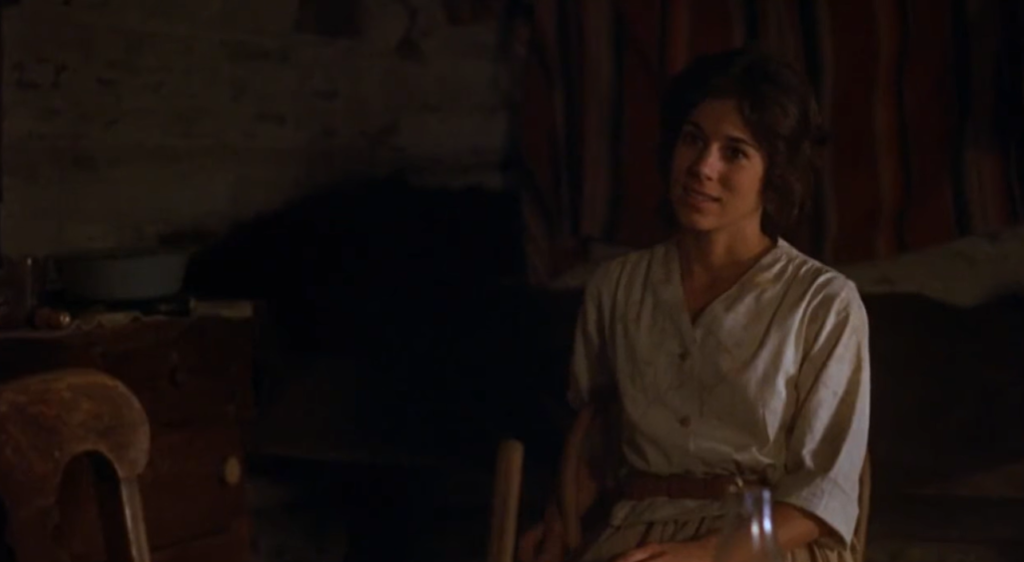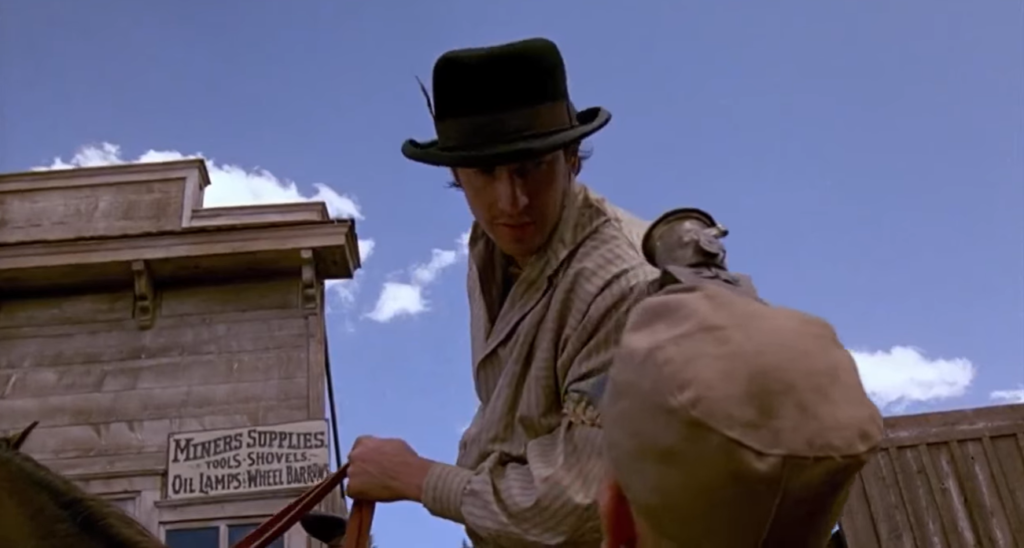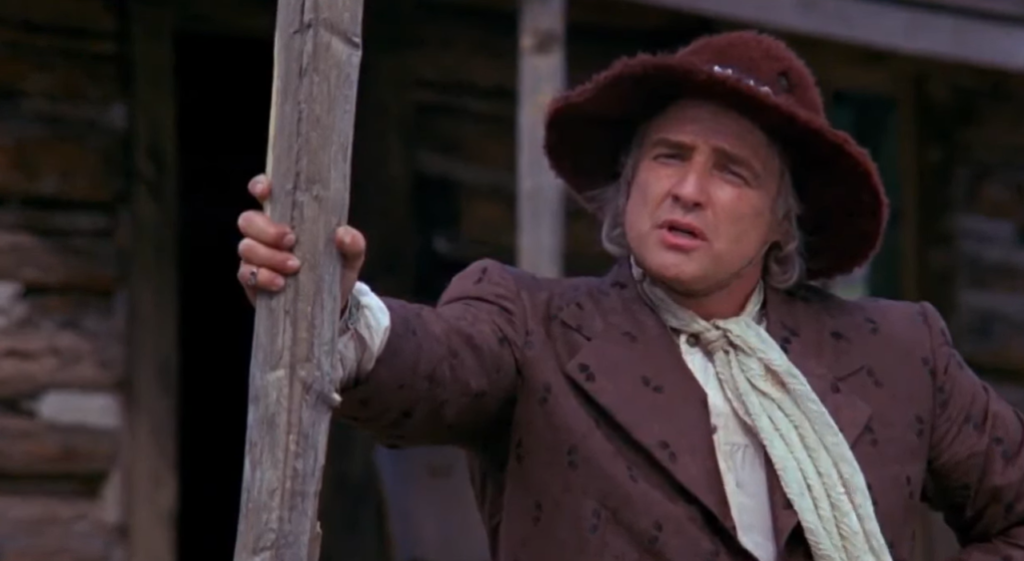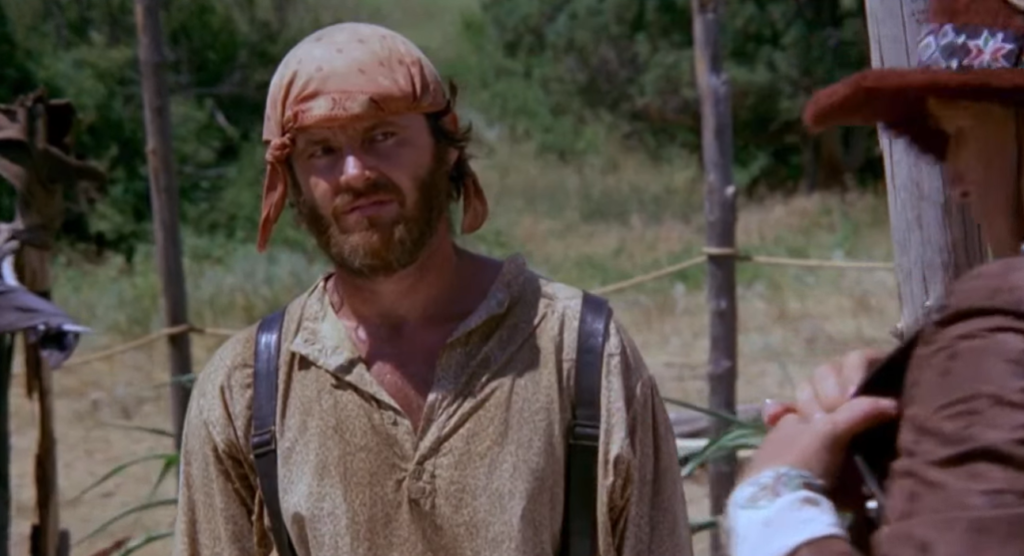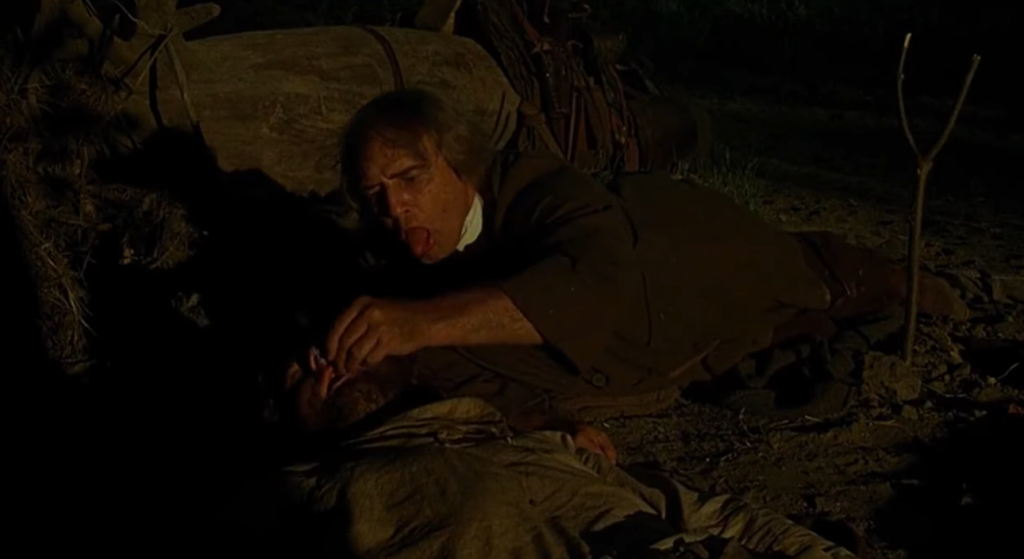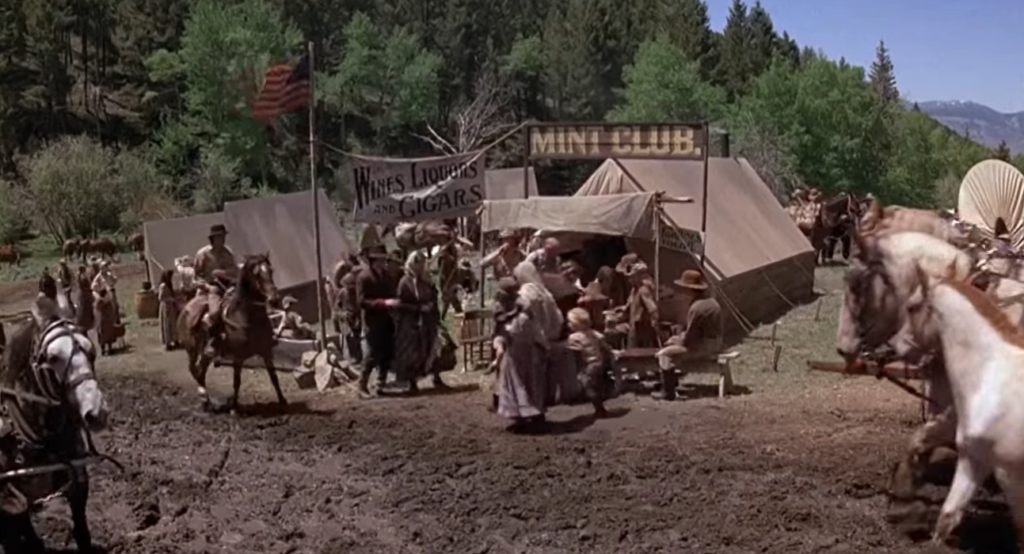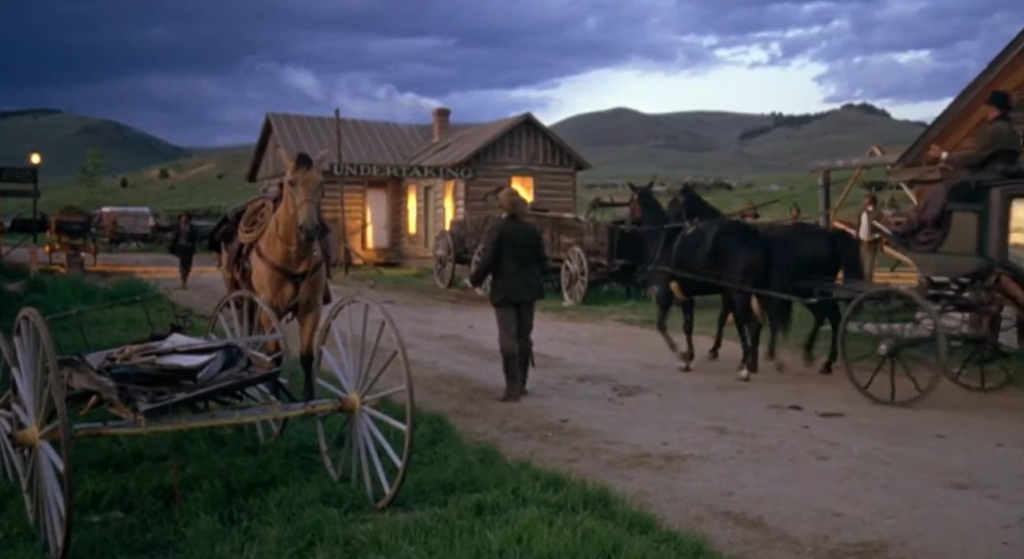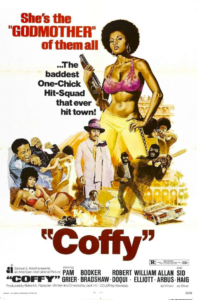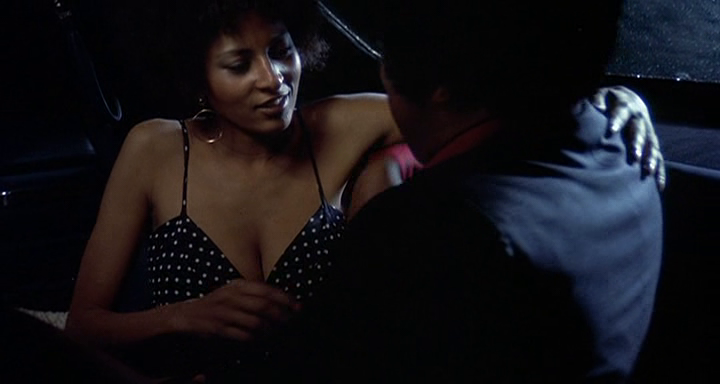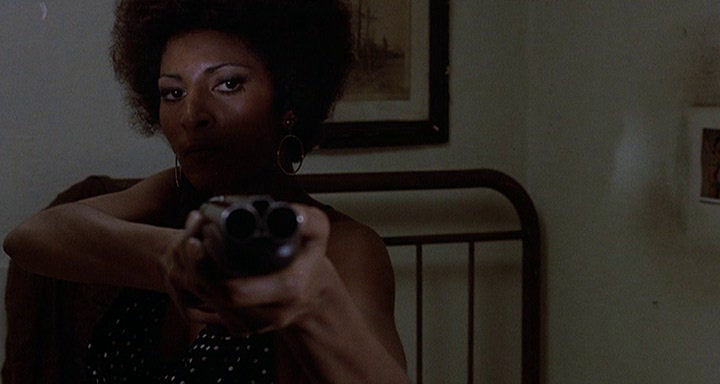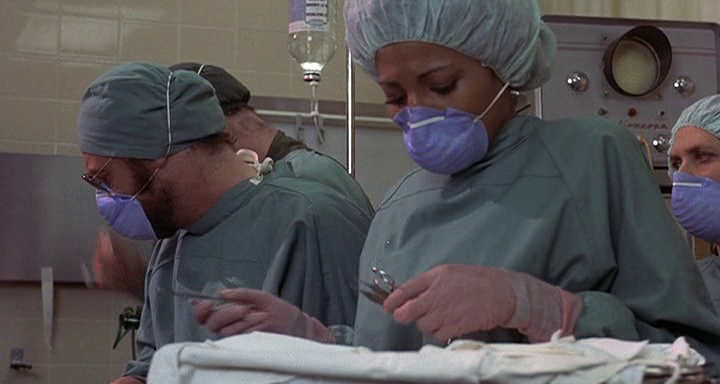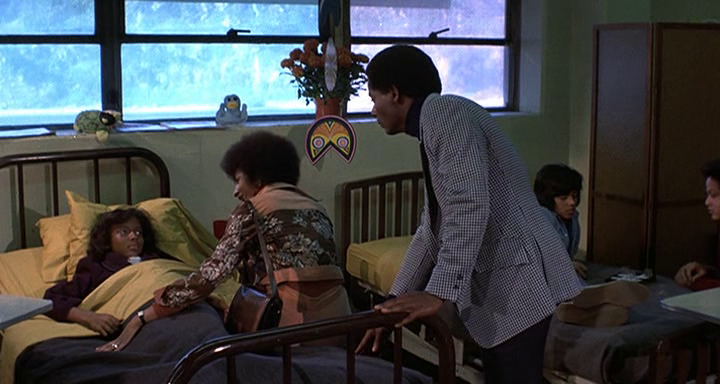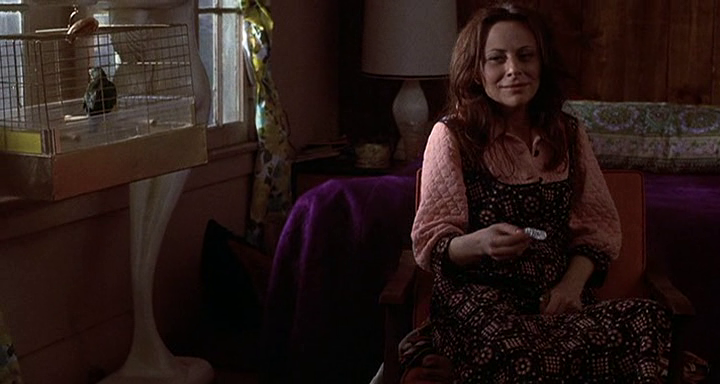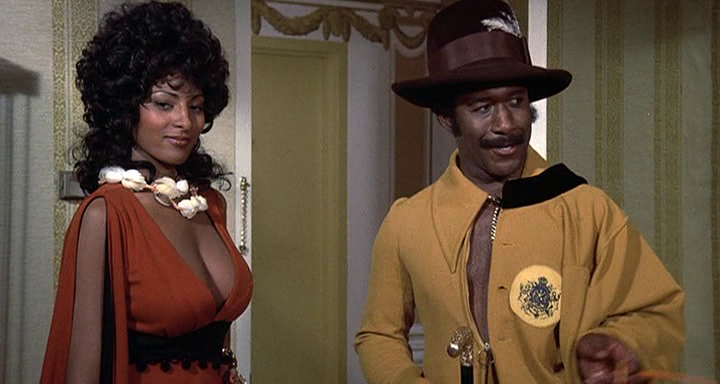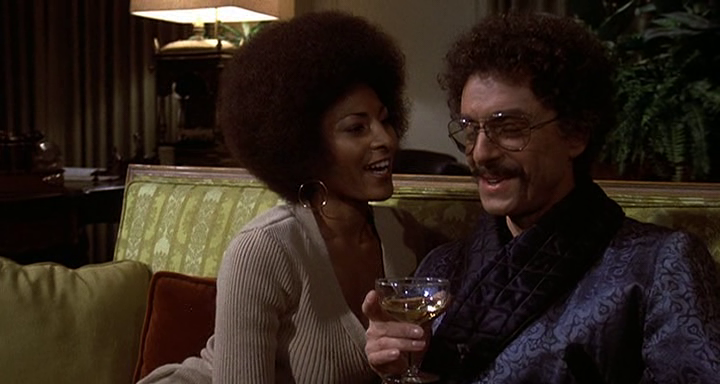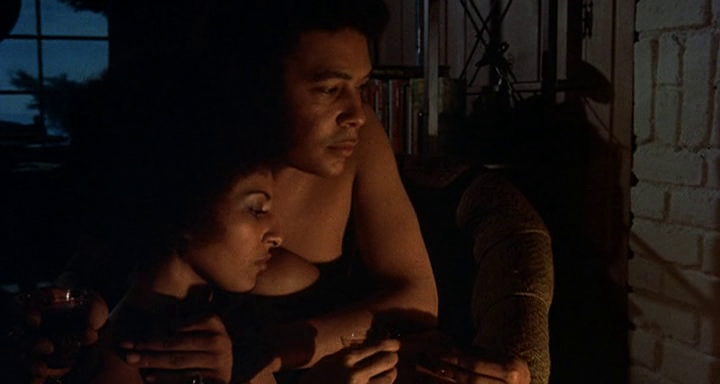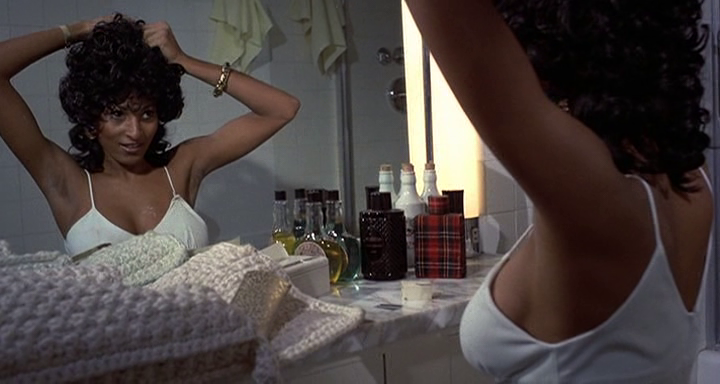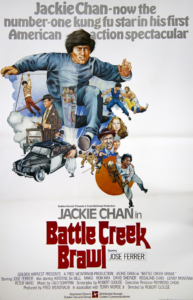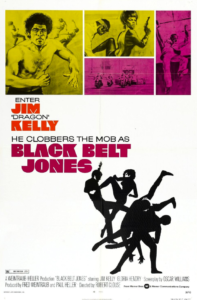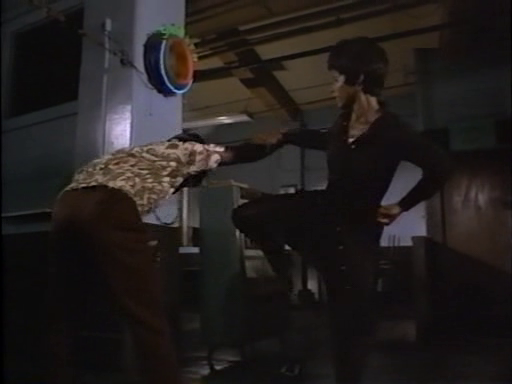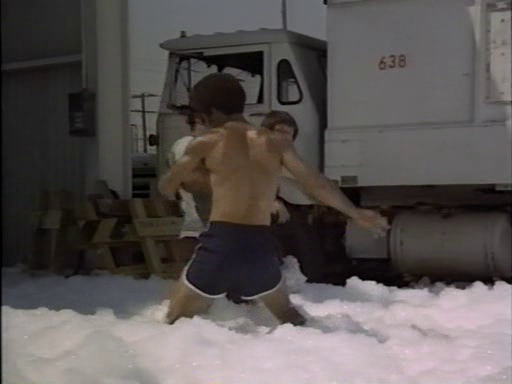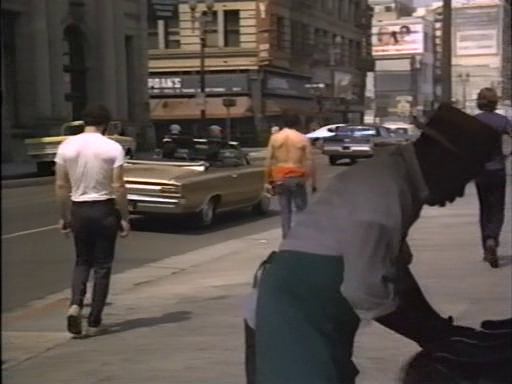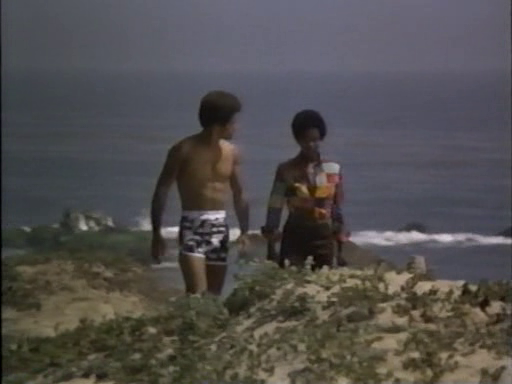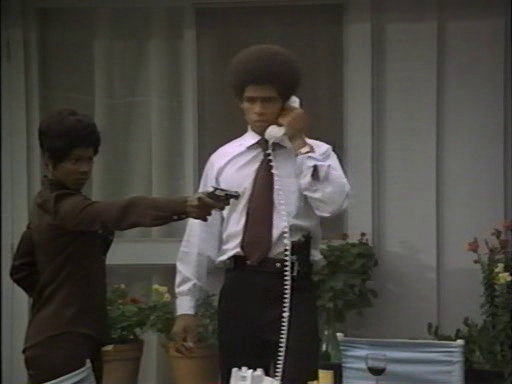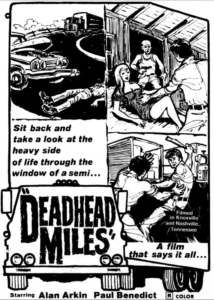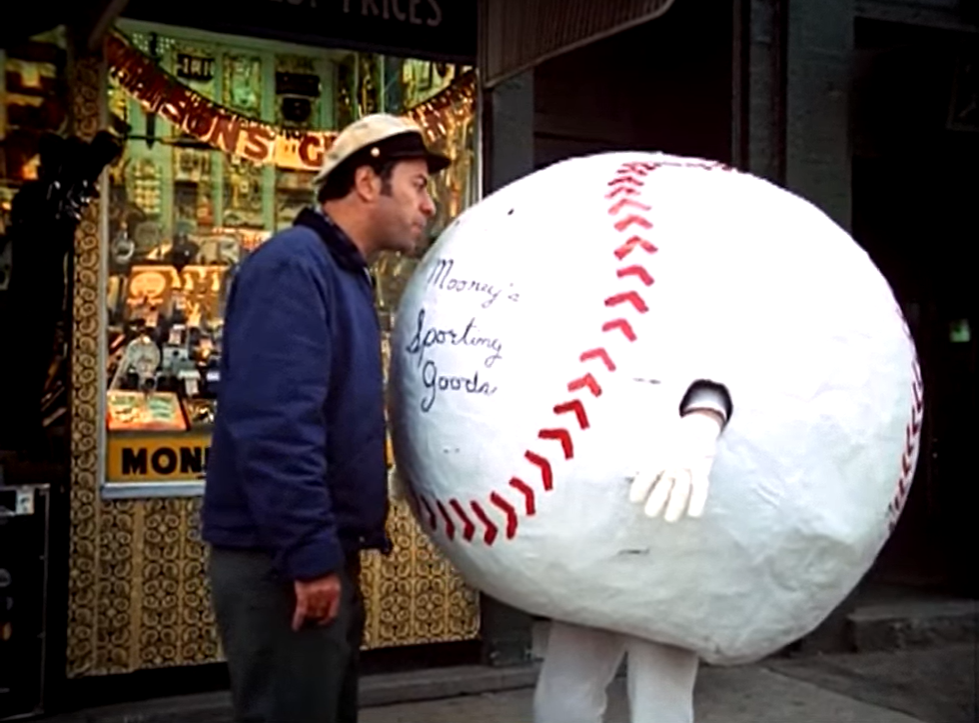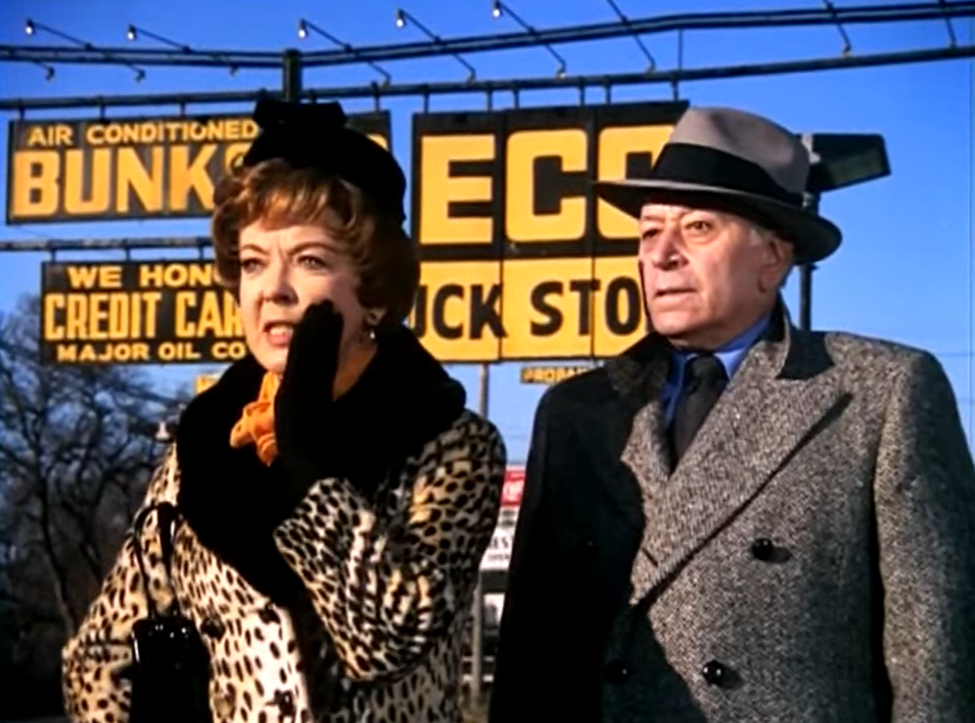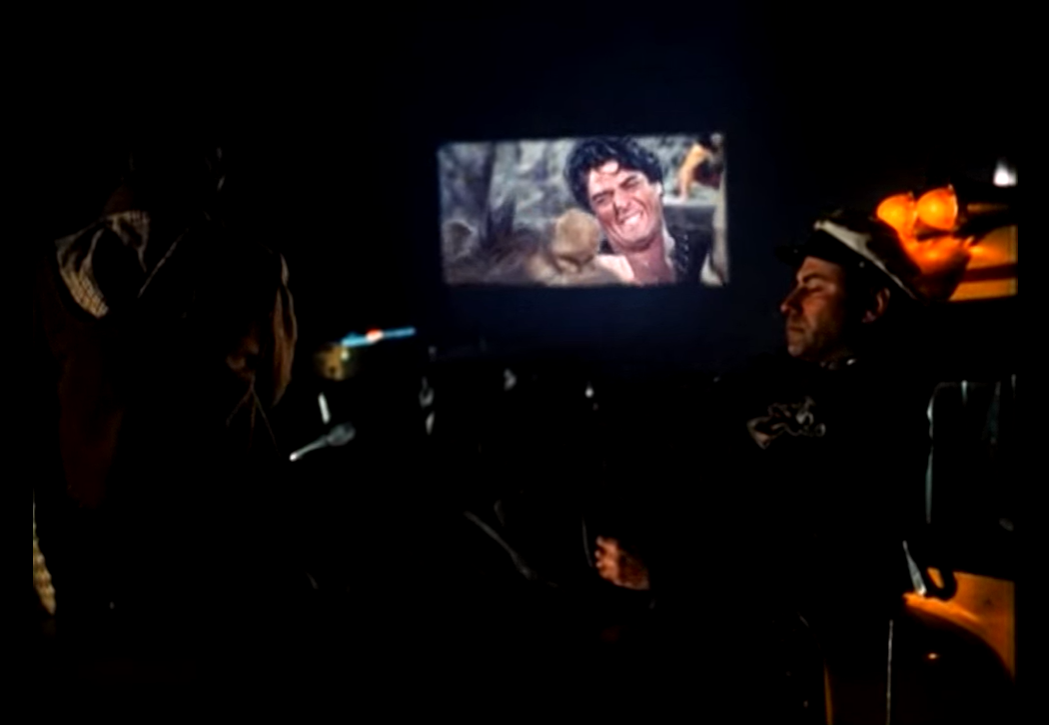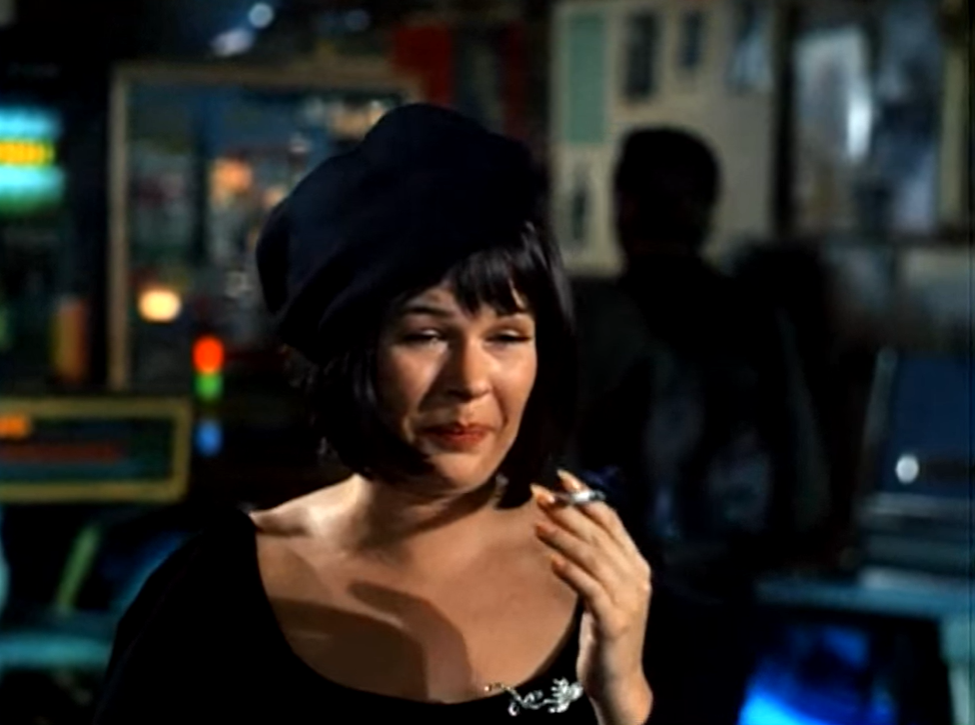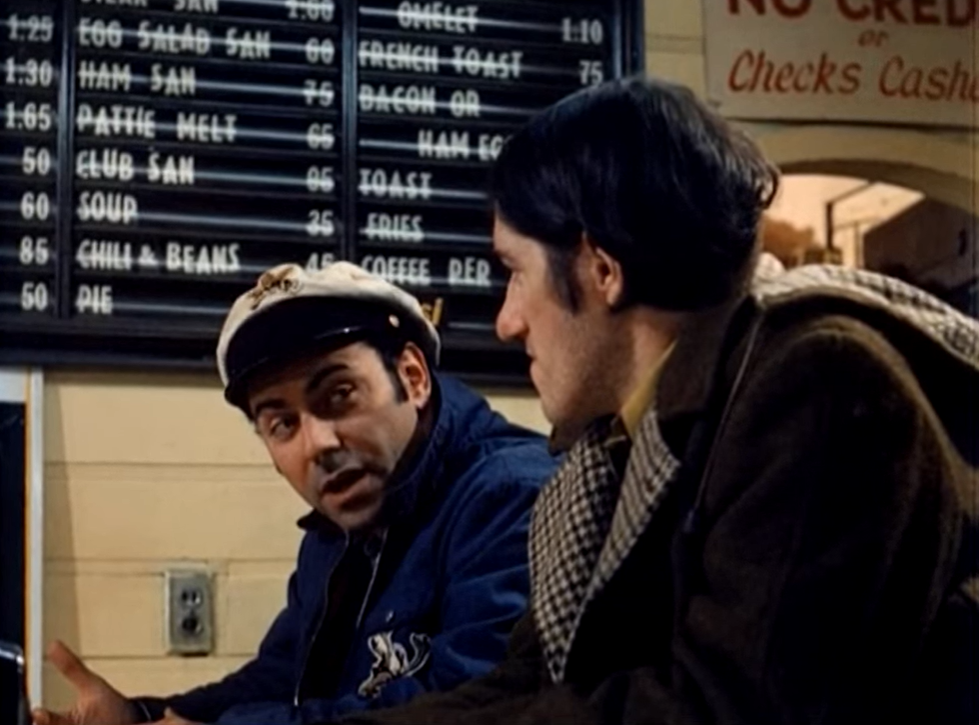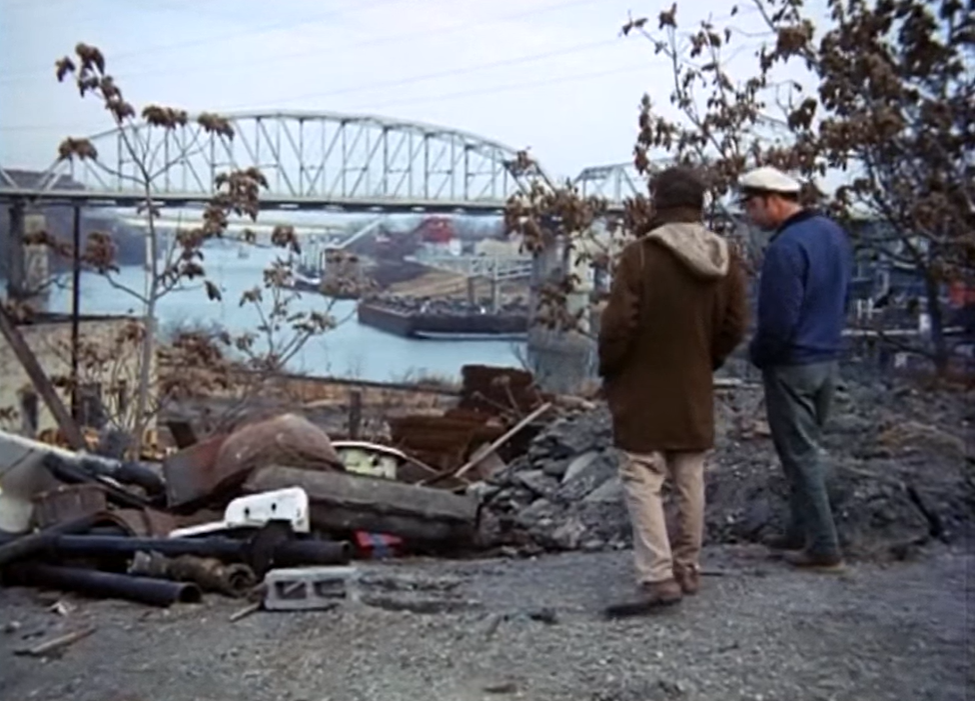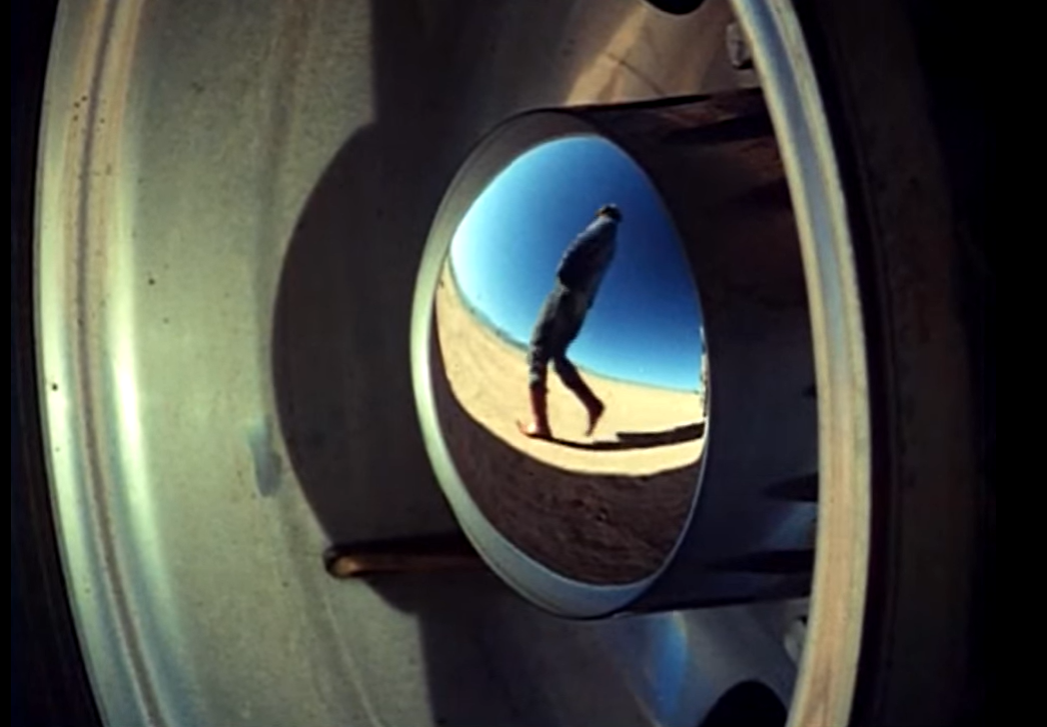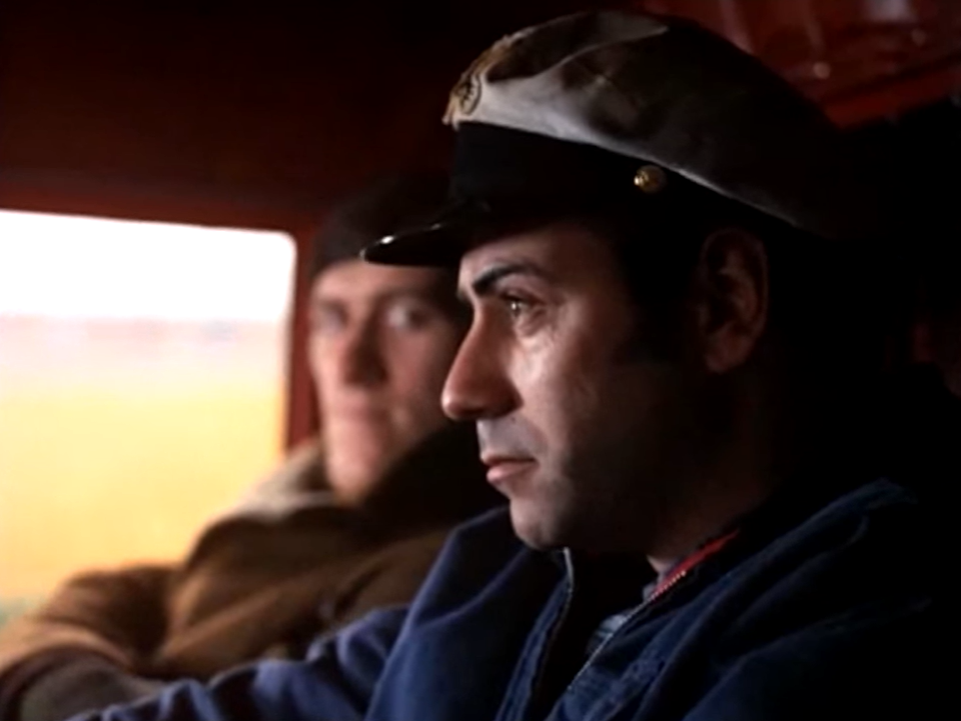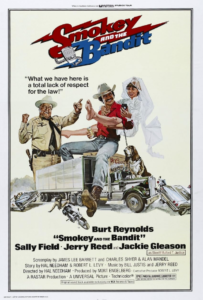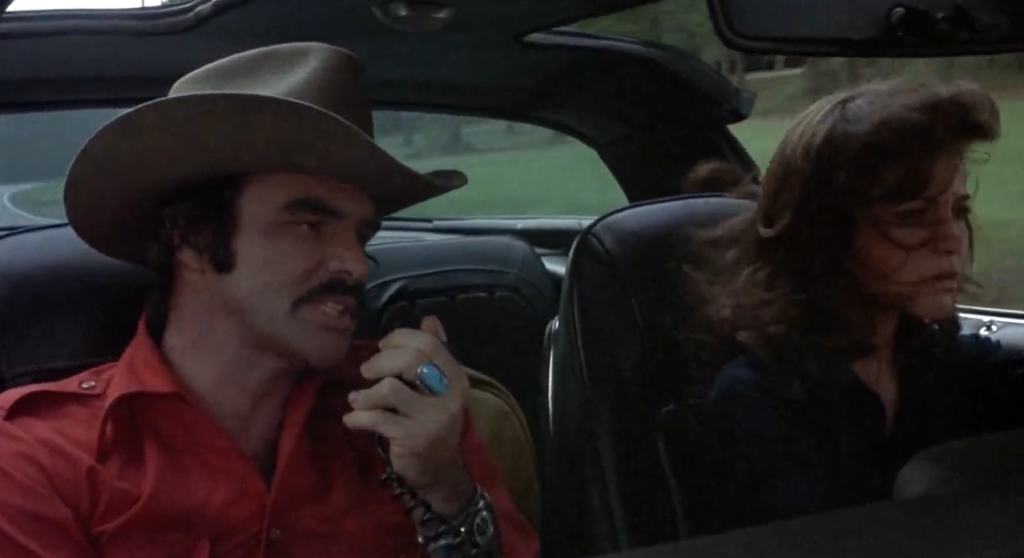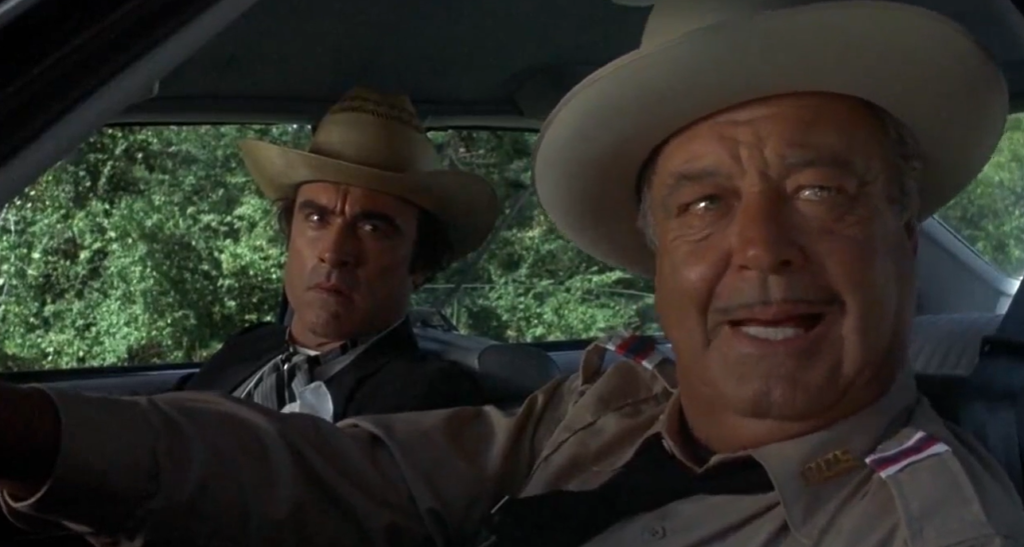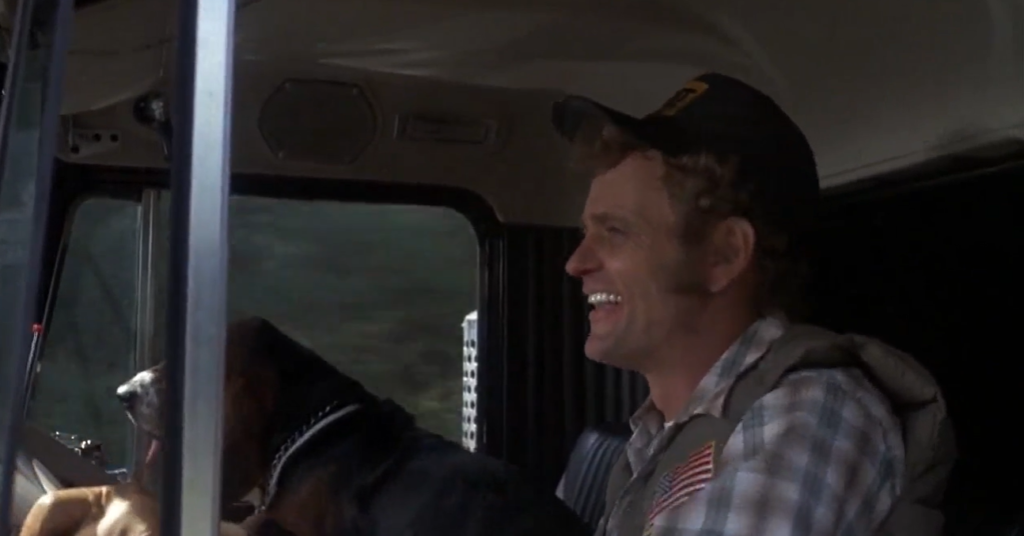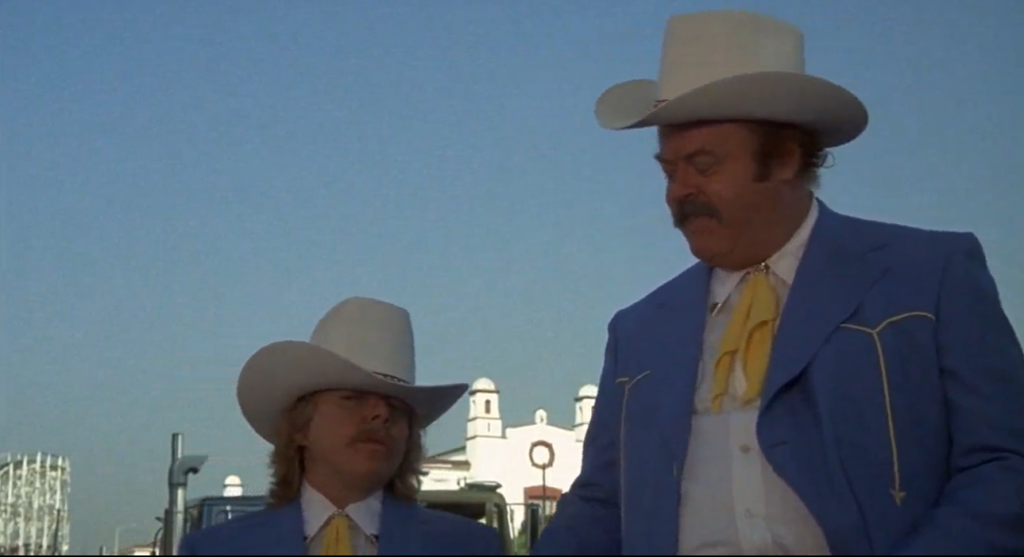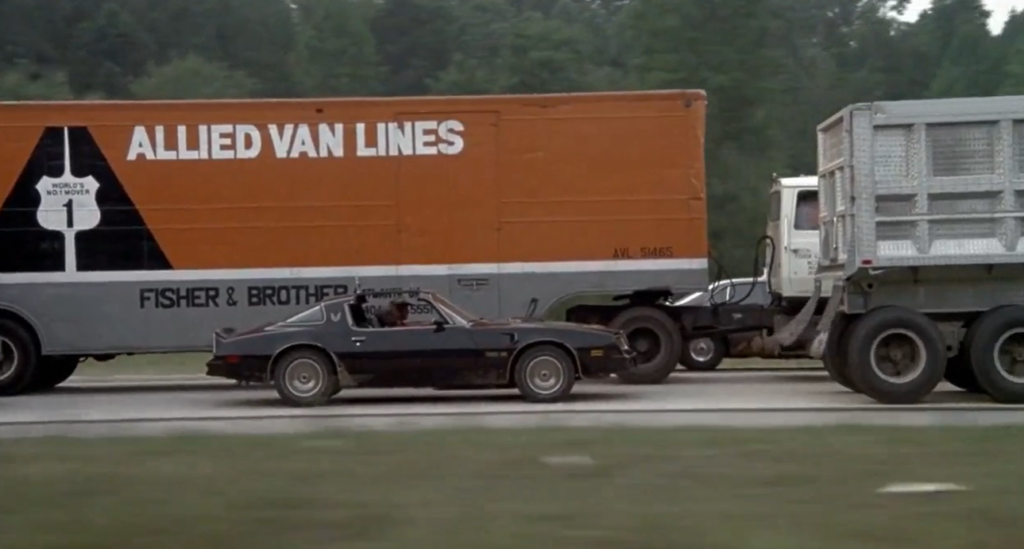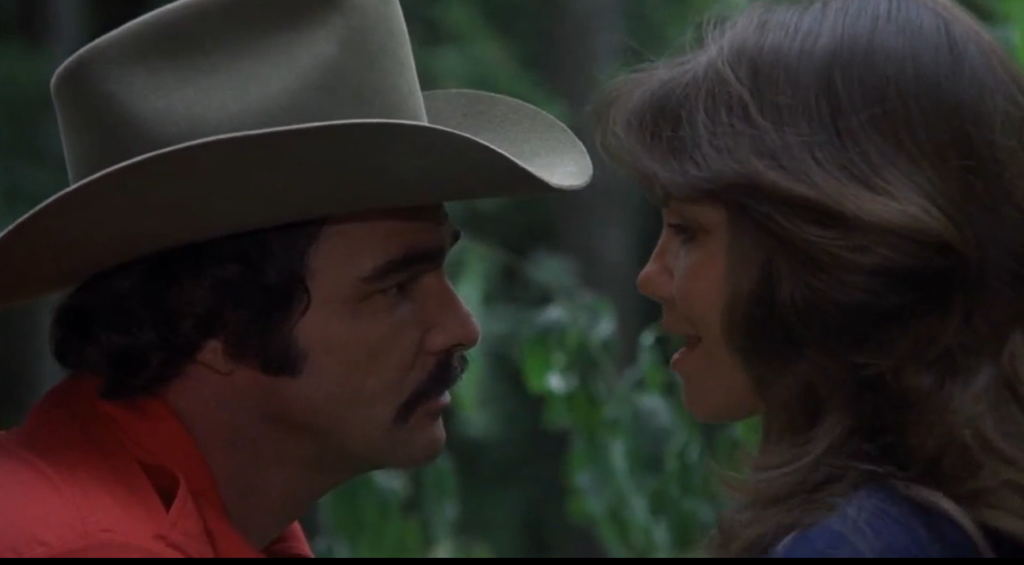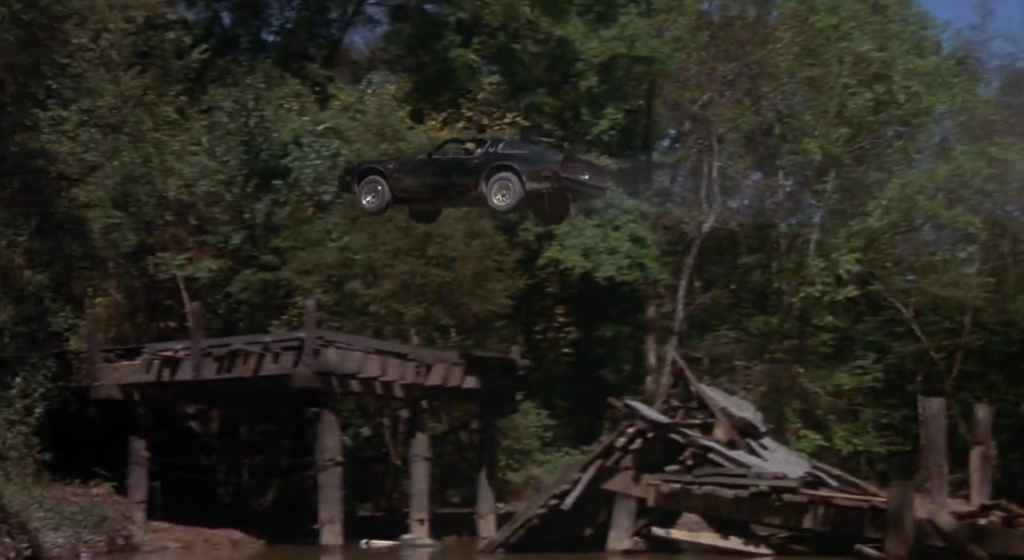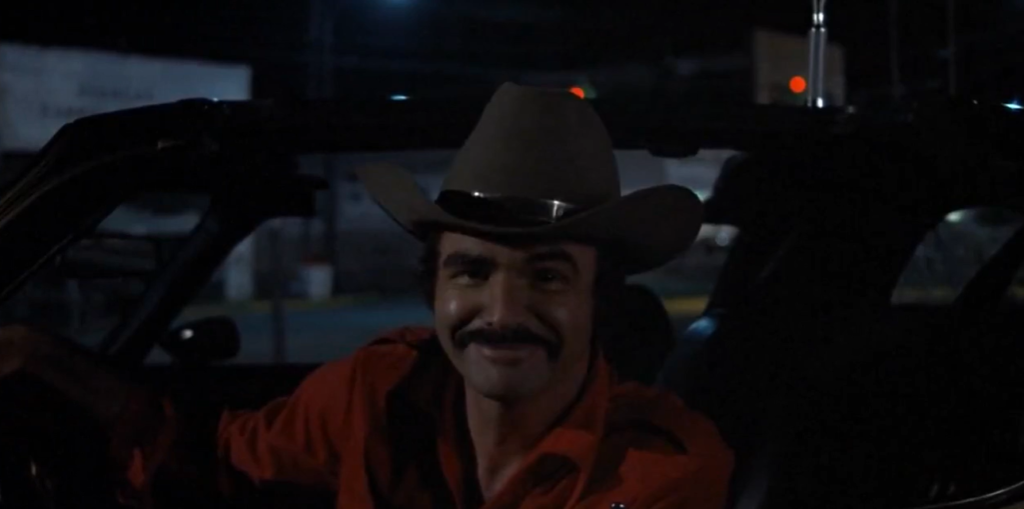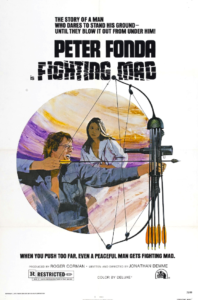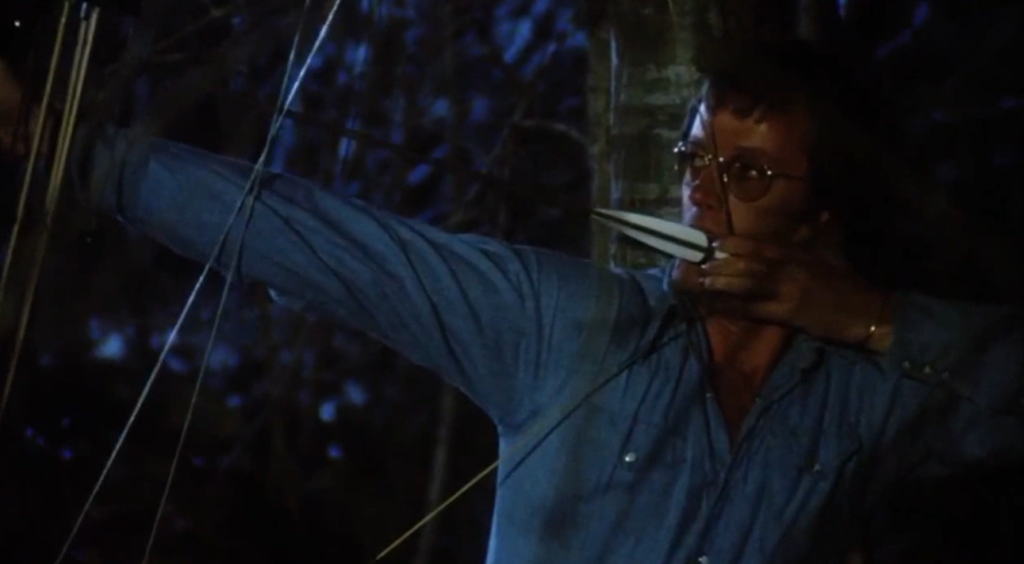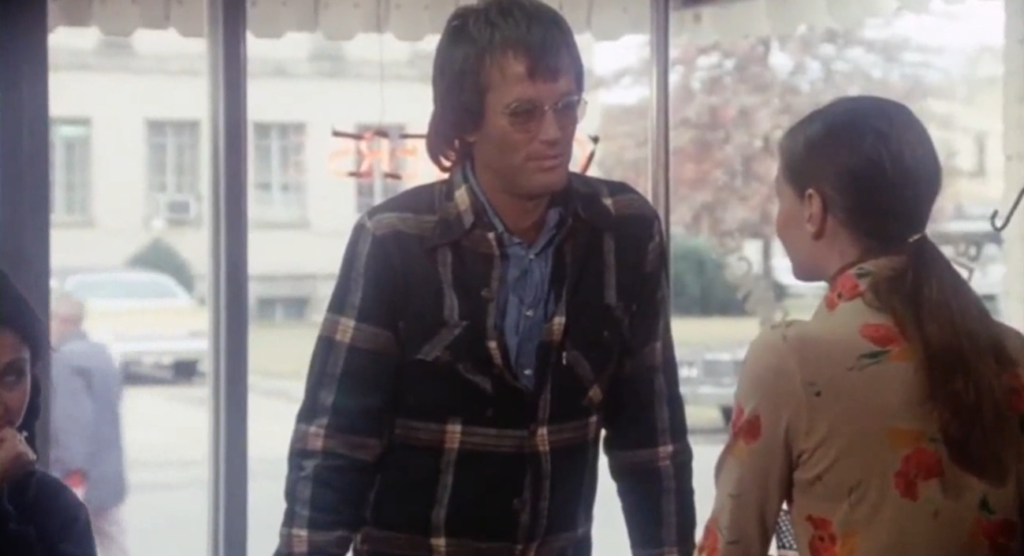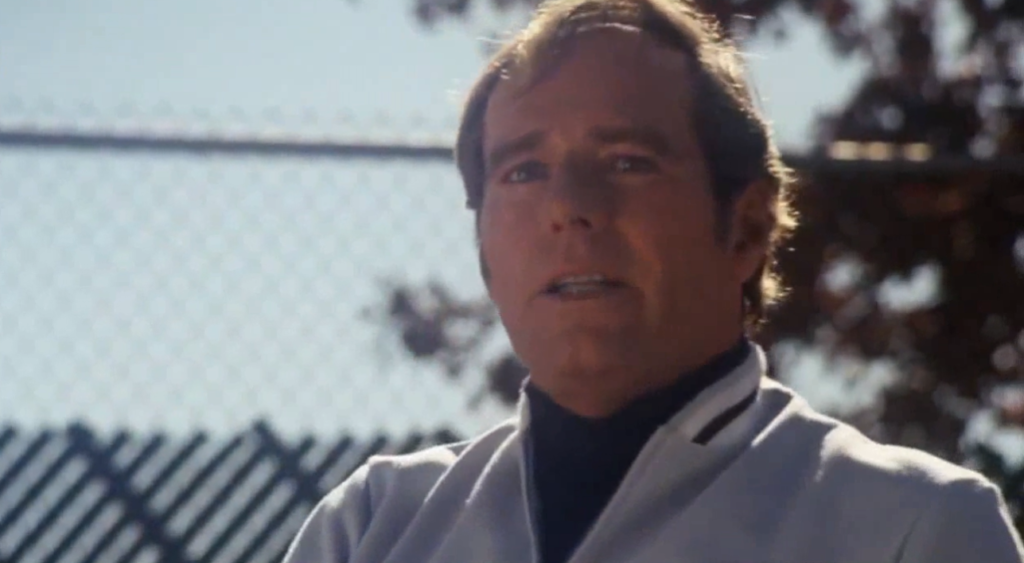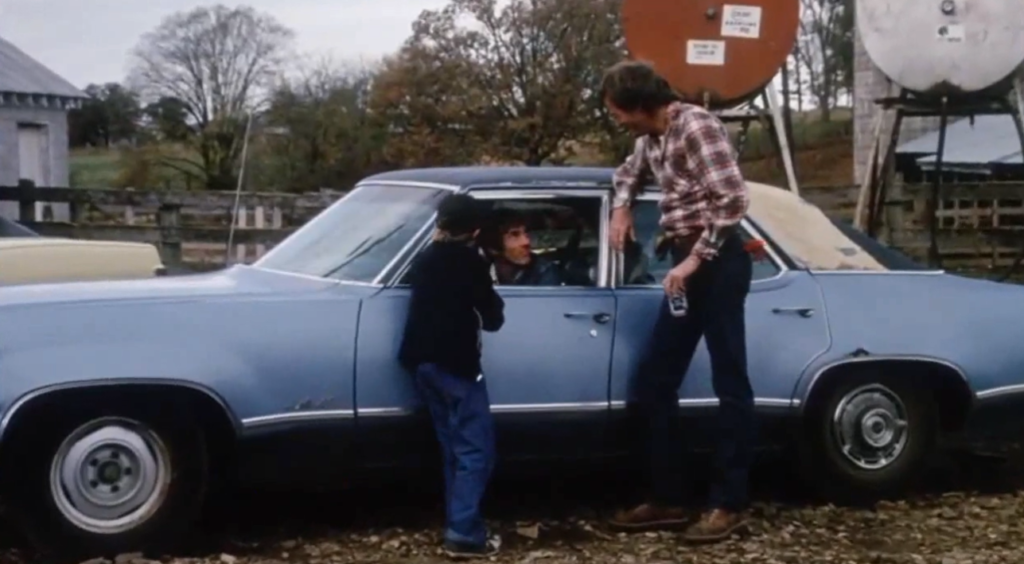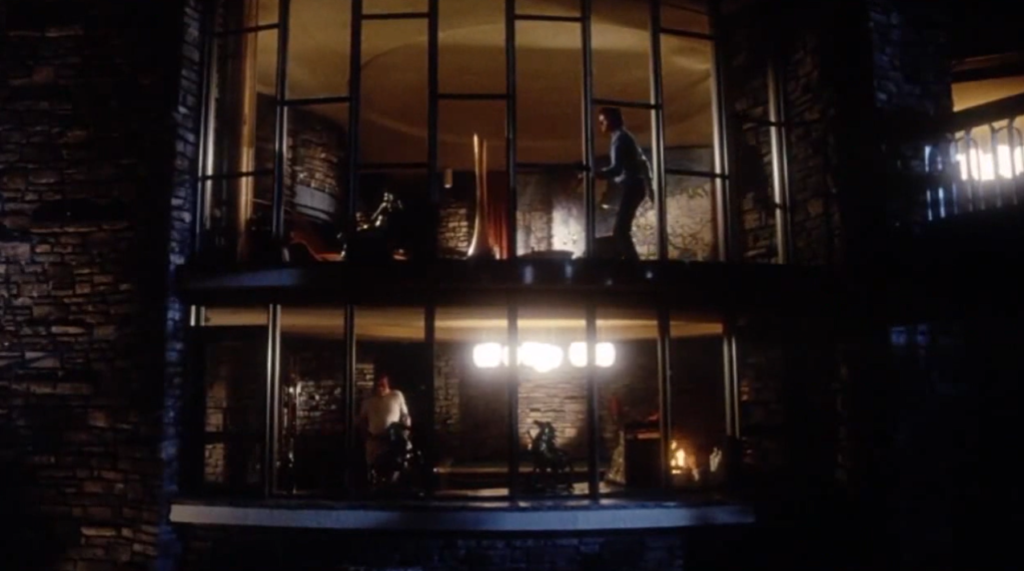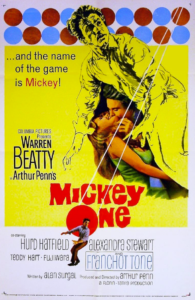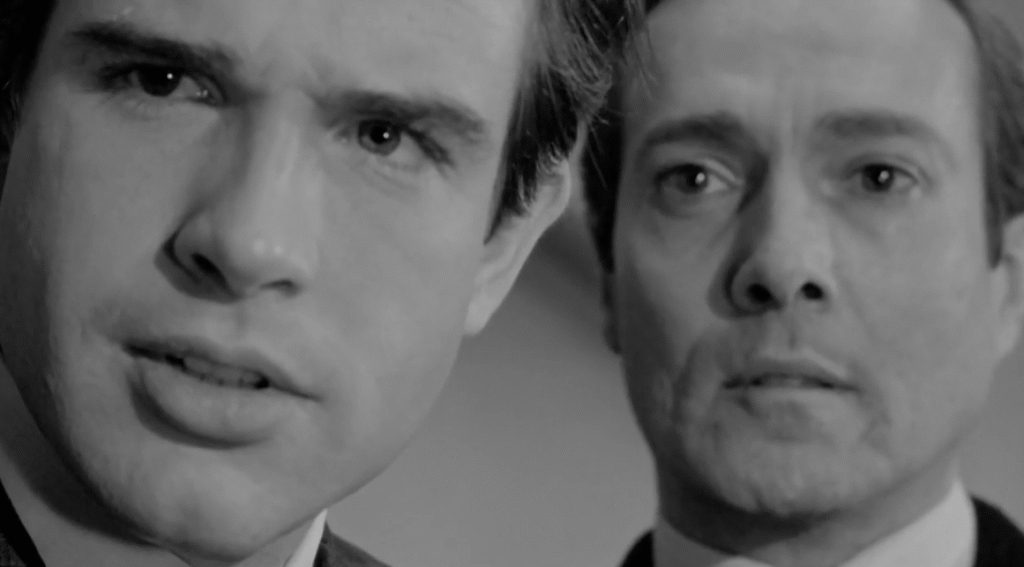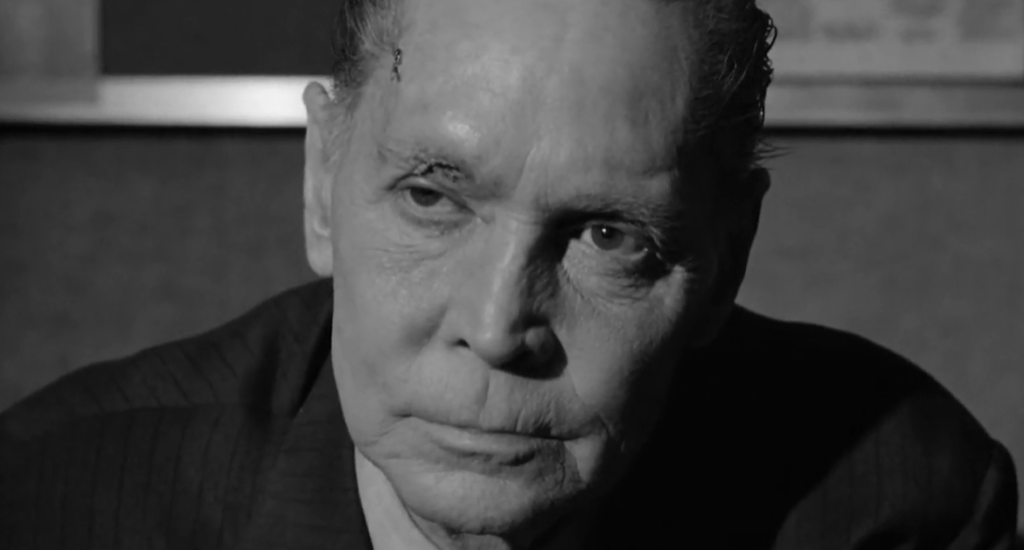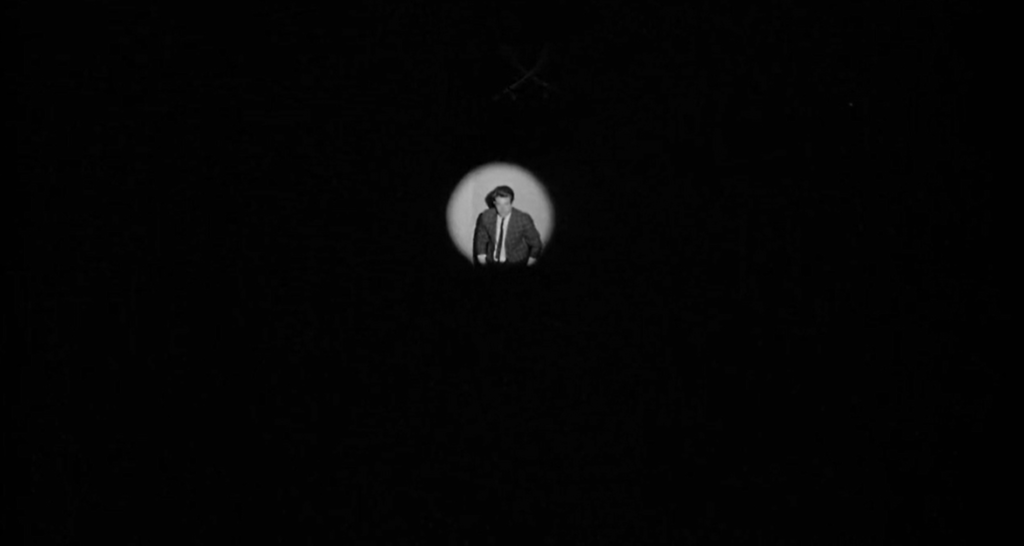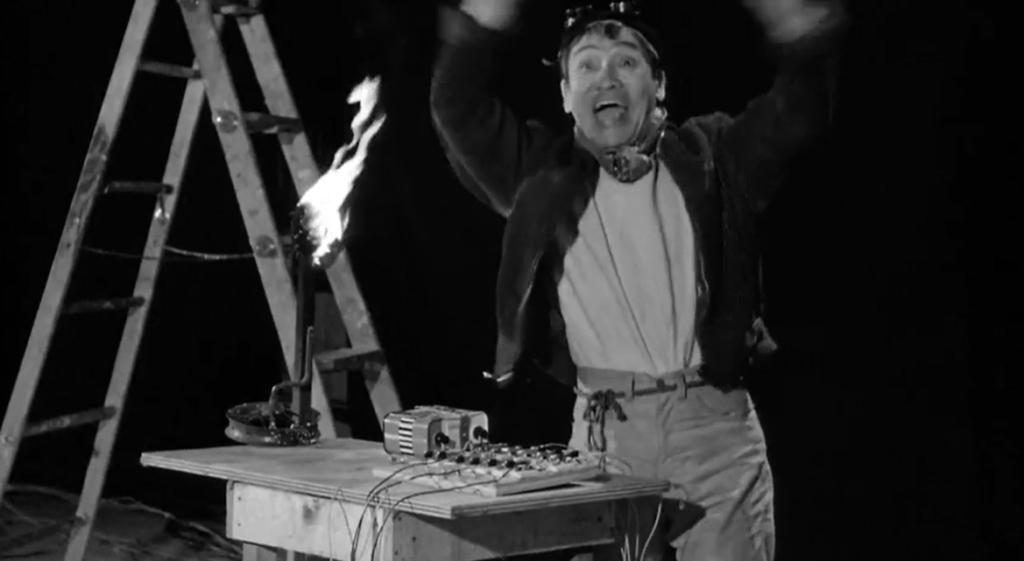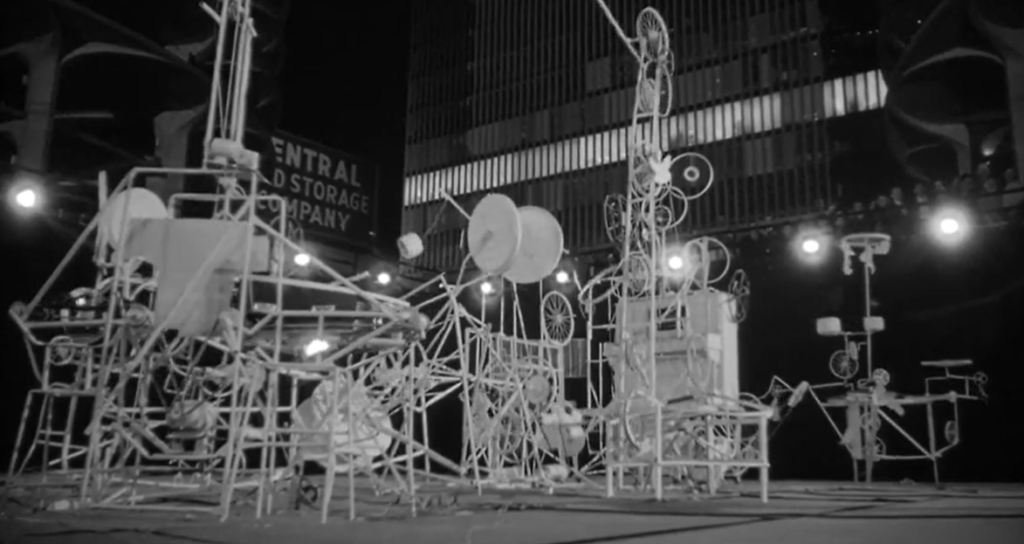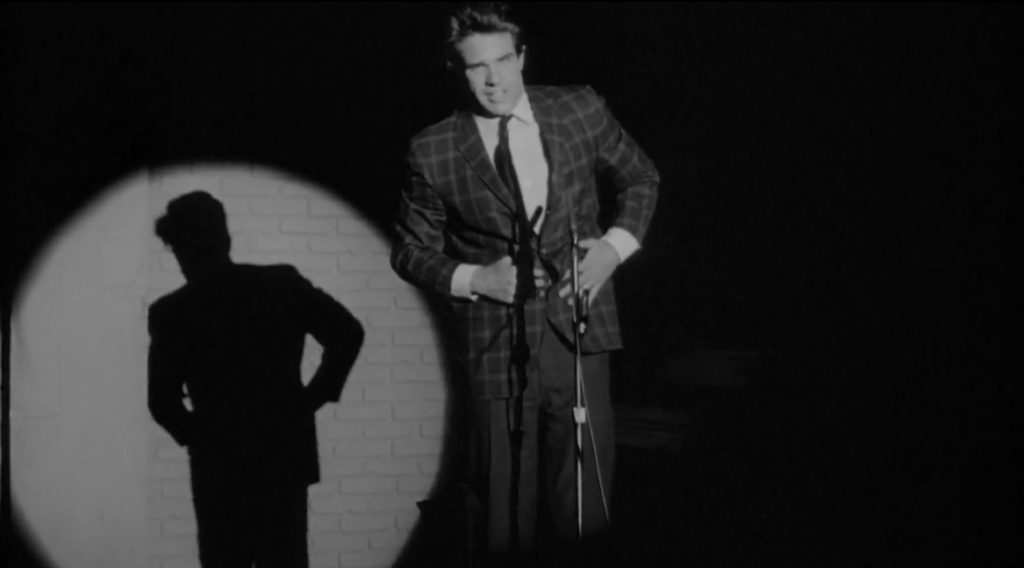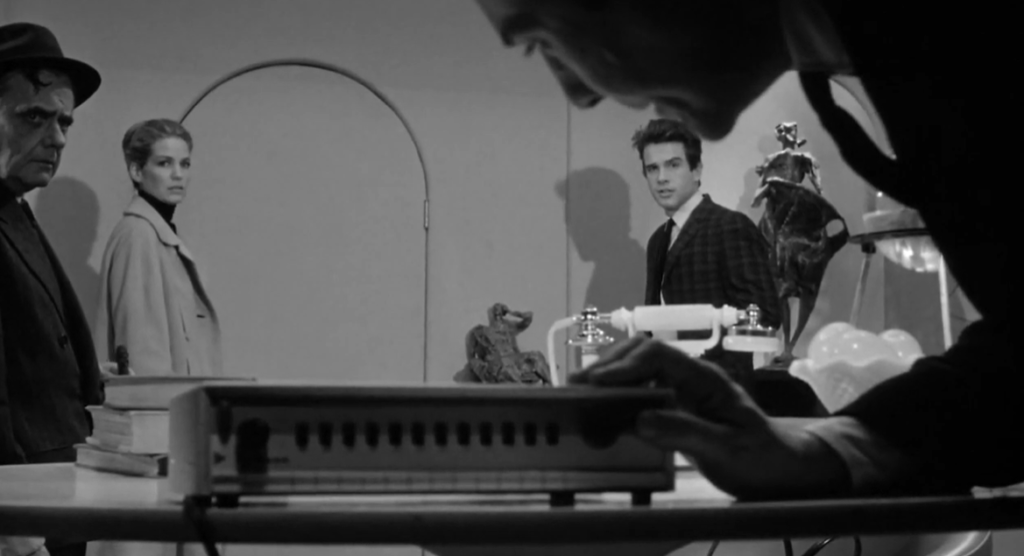|
Genres, Themes, Actors, and Directors:
- Asian-Americans
- Boxing
- Historical Drama
- Jose Ferrer Films
- Martial Arts
Review:
This film — directed by Robert Crouse, who helmed Enter the Dragon (1973) and Black Belt Jones (1974) — was similarly meant to bring American fame and success to its star, Jackie Chan, who had been acting in his native Hong Kong since the 1960s. Unfortunately, that didn’t happen, and it took 15 more years — when Rumble in the Bronx (1995) was released and became a cult favorite — for American audiences to take to Chan. I haven’t seen Rumble… or any other Jackie Chan movies (yet), but after researching a bit, I discovered that the only movies Peary was likely to have seen for possible inclusion in GFTFF were this and one other title. According to Wikipedia:
By the mid-1990s, [Chan] was the most popular action movie star in Asia and Europe. Up until January 1995, his films had grossed over HK$500 million (US$70 million) in Hong Kong and ¥39 billion (US$415 million) in Japan, while having sold over 33 million box office admissions in France, Germany, Italy and Spain up until then. Despite his international success, he was not very successful in North America, where he had only two wide releases as a leading actor, The Big Brawl and The Protector.
Film fanatics of today — living in the 2020s with access to nearly everything — have so much more to choose from, and clearly, we all should see at least one Jackie Chan movie (though which one, I’m still not positive).
Regarding this earlier film, Chan acquits himself masterfully, and it’s actually a little puzzling as to why it didn’t have more of an impact at the time. The comparisons with Bruce Lee are obvious, but he also possesses a clown-like quality that is quite endearing. It’s also refreshing to see him in an inter-racial relationship with Kristine DeBell, who is his number one fan and supporter:
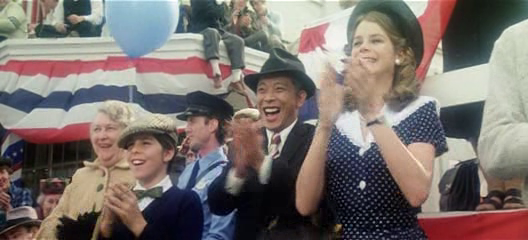
… in addition to his uncle (Mako), who is his trainer. From Chan’s initial acrobatics high up above the city in some scaffolding:
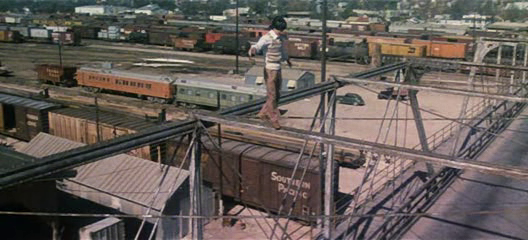
… to his first fight in an alley outside his father’s shop (when he alternates between offensive moves and pretending to be hurt):
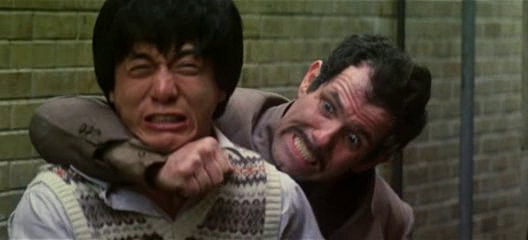
… to seeing him training for ultimate dexterity with his uncle:
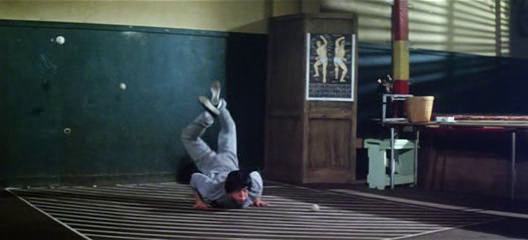
… it’s incredibly clear how much talent and stamina this man has. Meanwhile, his participation in a lengthy roller skate obstacle race (which also involves landing on mattresses and being hosed down by fierce water spigots):
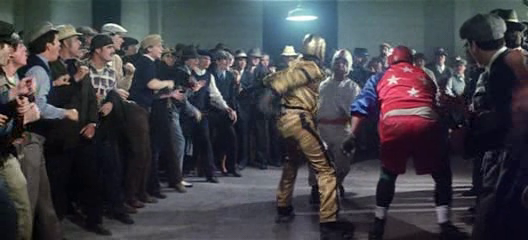
… had me wondering anew about the infinite creativity of competitive money-making ventures during the Depression (though who knows how realistic this is). The culminating fight sequence on the streets of Texas is also noteworthy for its carnival-like atmosphere and some genuine tension between Chan and his much bulkier competitors.
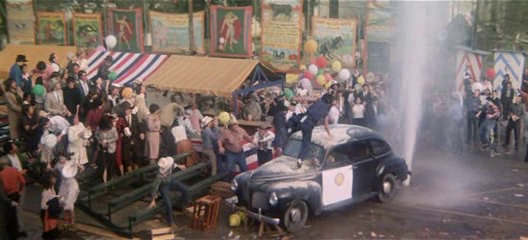
Note: The film is clearly set precisely in 1930, given that we see a movie poster for Morocco (1930) on the theater Chan enters into near the end.
Notable Performances, Qualities, and Moments:
- Jackie Chan’s incredible moves
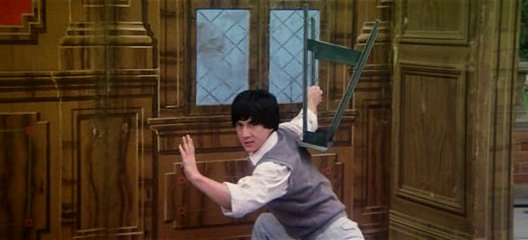
- Jose Ferrer as Dominici
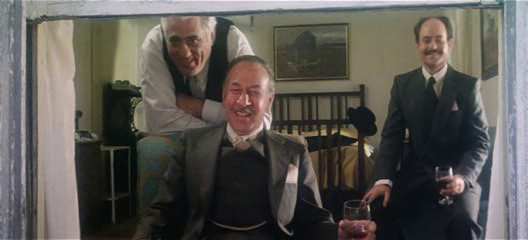
- Lalo Schifrin’s score
Must See?
No, but it’s worth a look for its historical significance as Chan’s first American leading role.
Links:
|
